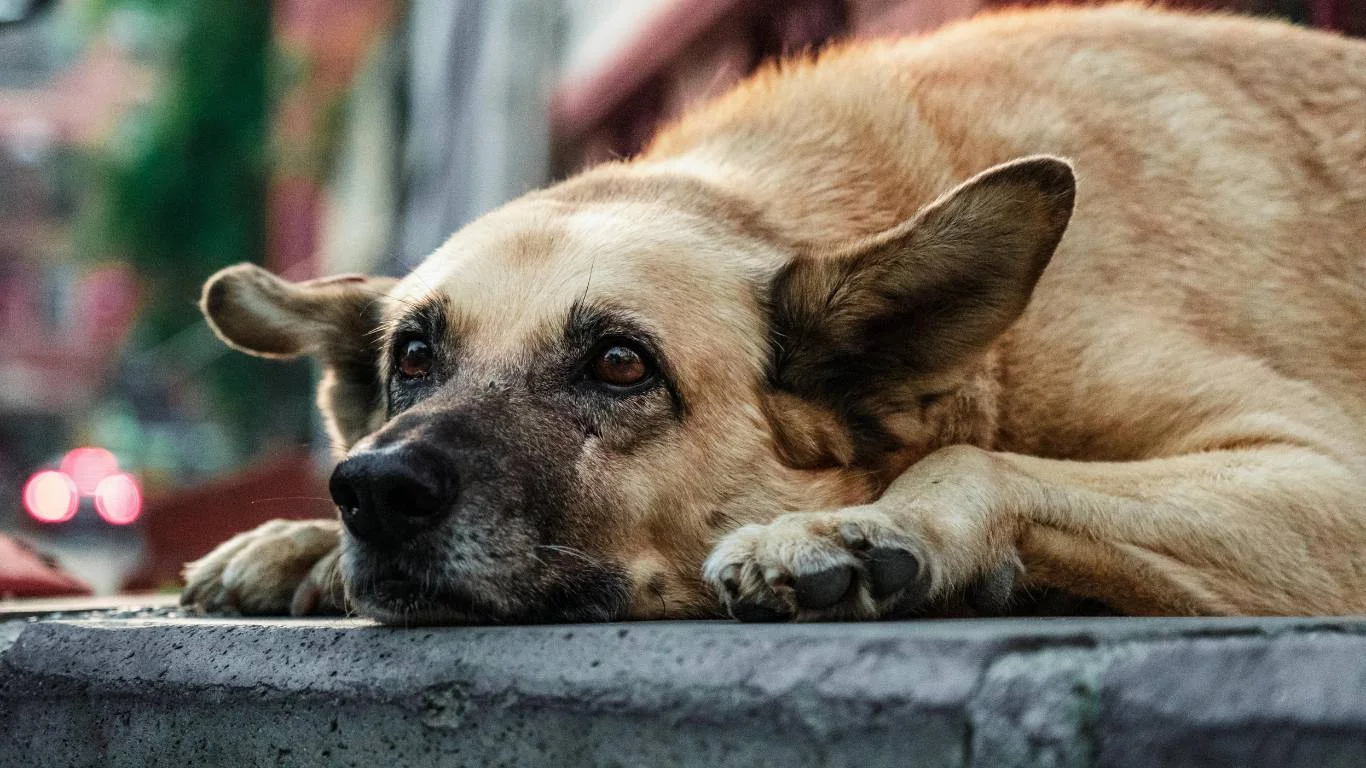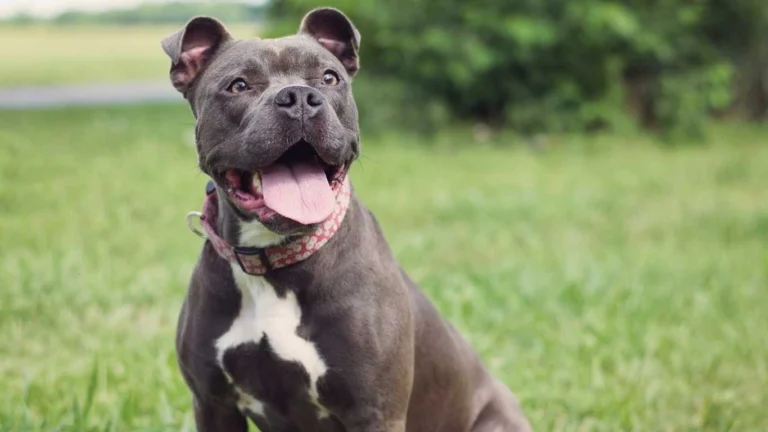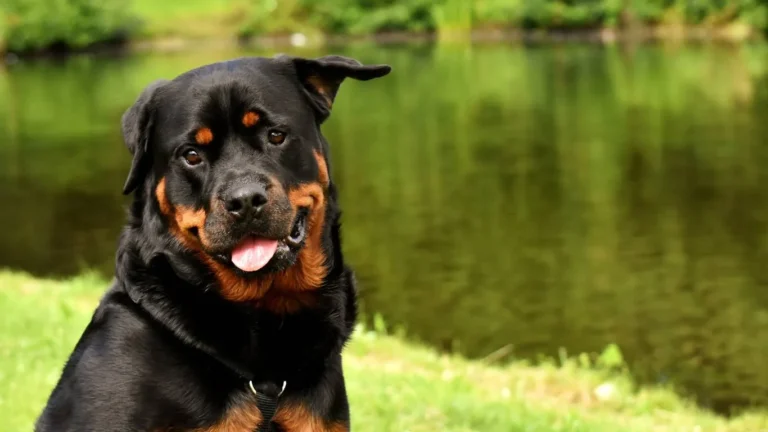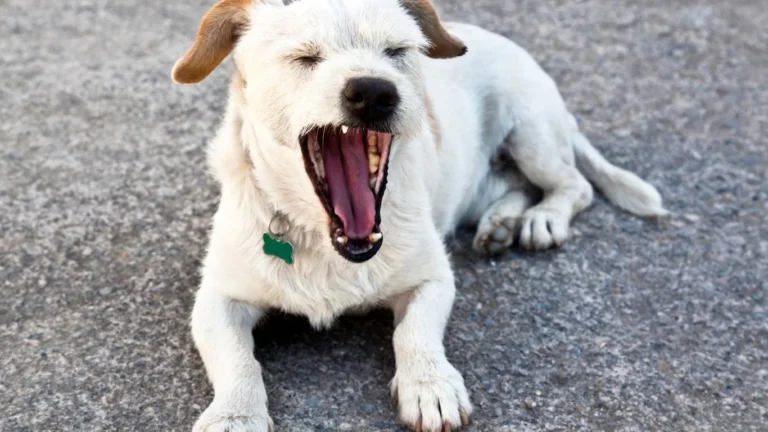Prevent Heatstroke in Dogs: Essential Tips to Keep Them Safe & Cool
Nothing beats the joy of seeing your dog run freely, tongue hanging out, tail wagging, and pure excitement in their eyes. But as much as we love a good outdoor adventure with our pups, there’s one serious risk that many pet parents underestimate—heatstroke in dogs during exercise. I’ve seen way too many cases of overheated pups in my years working in veterinary clinics, and trust me, it’s heartbreaking. The good news? With the right precautions, it’s 100% preventable. Let’s dive into how you can keep your furry friend safe while still enjoying fun workouts together.
Understanding Heatstroke in Dogs

Before we jump into prevention, let’s break down what heatstroke actually is. Unlike humans, dogs don’t sweat the same way we do. Their primary way of cooling down is through panting and a little bit through their paw pads. But when they overheat, their body temperature can skyrocket dangerously fast.
What Happens During Heatstroke?
Heatstroke occurs when a dog’s body temperature rises above 103°F (39.4°C). Anything beyond 106°F (41.1°C) is life-threatening, leading to potential organ failure, brain damage, and even death if not treated immediately.
- Early signs: Excessive panting, drooling, red gums, and restlessness.
- Advanced symptoms: Vomiting, diarrhea, unsteady walking, and even collapse.
- Critical danger: Seizures, loss of consciousness, and internal organ failure.
Seeing a dog suffer from heatstroke in an emergency room is something I never wish on anyone. It’s scary, heartbreaking, and often preventable with simple awareness.
Why Exercise Puts Dogs at Risk of Heatstroke

Exercise is crucial for a dog’s physical and mental well-being, but during hot or humid weather, it can turn dangerous fast. I’ve had pet parents tell me, “But my dog loves running, he never stops!” That’s exactly the problem—dogs don’t always know when to slow down.
Risk Factors That Increase the Chance of Overheating
- Breed: Brachycephalic breeds (like Bulldogs, Pugs, and Boxers) are at a much higher risk.
- Weight: Overweight dogs struggle to regulate their body temperature.
- Coat Type: Thick or dark-colored fur absorbs more heat.
- Humidity: High humidity makes it harder for dogs to cool off.
- Time of Day: Midday sun is brutal—exercise in the early morning or late evening instead.
One summer, a client rushed in with her Labrador who had been playing fetch in the heat for just 15 minutes. He collapsed in the yard, panting like crazy, gums bright red. We had to act fast to cool him down and stabilize him. Thankfully, he survived, but it was a close call. Don’t let your pup be next!
How to Prevent Heatstroke in Dogs During Exercise

Now that we understand the dangers, let’s talk solutions. Keeping your pup safe isn’t hard—it just takes a little planning and awareness.
1. Choose the Right Time and Place
The golden rule? Avoid peak heat hours. I always recommend early morning or late evening walks when the temperatures are cooler. Shaded parks, grassy areas, or even a nearby trail with tree cover can make a huge difference.
2. Keep Hydration a Priority
Would you run a marathon without water? Of course not! Your dog needs hydration just as much—if not more—during exercise.
- Always carry fresh, cool water during walks and playtime.
- Use a portable dog water bottle or collapsible bowl for easy access.
- Add ice cubes to their water bowl before heading out.
I’ve seen so many dogs come in with dehydration issues, and most pet parents never realized they weren’t offering enough water. When in doubt, offer more.
3. Take Frequent Breaks
Dogs are energetic little furballs, and some will keep running even when they’re on the verge of overheating. That’s why it’s up to you to enforce breaks. Every 10-15 minutes, stop in a shaded area, offer water, and let them cool down before continuing.
I had a client with a Border Collie who loved agility training. One summer day, they went all out, running an obstacle course for nearly 30 minutes straight. The poor pup suddenly collapsed mid-run. He was so overheated that we had to do an emergency cool-down. It was a scary moment that could’ve been avoided with simple rest breaks.
4. Be Smart About Walking Surfaces

Ever walked barefoot on asphalt in the summer? Ouch, right? If it’s too hot for your feet, it’s too hot for your dog’s paws.
- Stick to grass, dirt trails, or shaded paths instead of hot pavement.
- Use the “5-second rule”: Press the back of your hand against the ground—if you can’t hold it for 5 seconds, it’s too hot.
- Consider dog booties for added paw protection.
Burnt paw pads are painful and take weeks to heal, making every step agonizing. Trust me, I’ve seen too many limping pups come into the clinic after summer walks on scorching sidewalks.
Recognizing When Your Dog Needs to Stop

Some dogs won’t stop playing even when they’re overheating—it’s just their nature. That’s why you need to recognize the subtle warning signs before it turns into full-blown heatstroke.
Signs Your Dog Is Overheating
- Slowing down or lagging behind on walks
- Seeking out shade or laying down unexpectedly
- Excessive panting and drooling
- Glassy eyes or lack of focus
- Stumbling or acting disoriented
If you notice any of these, stop immediately, get your dog into a cool area, offer water, and wet their paws and belly with cool (not ice-cold) water. Never push them to keep going.
Cooling Down a Dog That’s Overheated

Even with the best precautions, overheating can still happen. If your dog shows signs of heat exhaustion, act fast. Here’s what to do:
Emergency Cooling Steps
- Move your dog to a cool, shaded area immediately.
- Offer cool (not ice-cold) water and encourage small sips.
- Use water-soaked towels on their paws, belly, and armpits.
- Use a fan or air conditioning to increase cooling.
- Call your vet—even if your dog seems to recover, heatstroke can cause internal damage.
I’ve treated dogs who seemed “fine” after overheating, only for them to develop delayed organ failure hours later. Never take a heat-related incident lightly—always check with your vet.
Case Studies & Real-Life Examples

Sometimes, the best way to learn is through real-life experiences. Over the years, I’ve seen both heartbreaking and inspiring cases of heatstroke in dogs. Here are two stories that really stuck with me:
Case 1: The Overexcited Golden Retriever
A client brought in her 2-year-old Golden Retriever, Charlie, after an intense game of fetch on a scorching afternoon. He loved playing so much that he didn’t stop, even when his body begged him to. By the time she noticed something was wrong, Charlie was already struggling to stand.
When he arrived at the clinic, his temperature was dangerously high at 106.5°F (41.4°C). We had to act fast—cooling towels, IV fluids, and oxygen therapy. Luckily, because his owner got him to us in time, he made a full recovery. But she learned a tough lesson that day: dogs don’t know when to quit, and it’s up to us to protect them.
Case 2: The Elderly Bulldog
Then there was Max, a 9-year-old English Bulldog. Bulldogs are already at high risk for heatstroke due to their short noses, but his owner thought a short walk around the block wouldn’t hurt. Unfortunately, the humidity was extreme, and within minutes, Max started struggling to breathe.
By the time he arrived, he was in critical condition. We did everything we could, but despite aggressive treatment, his body couldn’t recover. It was devastating. This case haunts me because it could have been completely avoided with simple precautions like checking the weather and keeping walks short and shaded.
Key Takeaways: What You Need to Remember

If there’s one thing I want every dog parent to take away from this, it’s that heatstroke is preventable. You don’t have to be paranoid, but you do need to be aware. Here’s a quick recap:
- Exercise during cooler times of the day (early morning or evening).
- Provide plenty of water and rest breaks.
- Stick to grass and shaded areas—avoid hot pavement.
- Watch for early signs of overheating and act quickly.
- Some breeds (Bulldogs, Pugs, etc.) are at higher risk—adjust their activity levels.
- If you suspect heatstroke, cool your dog down and call your vet ASAP.
FAQs
How hot is too hot for dogs to exercise?
Anything above 80°F (27°C) can be risky, especially with high humidity. Brachycephalic (flat-faced) breeds struggle even in moderate heat, so be extra cautious.
Can dogs recover from heatstroke?
Yes, if treated early. But severe cases can lead to long-term organ damage or even be fatal. That’s why prevention is key.
What should I do if my dog gets overheated?
Immediately move them to a cool place, offer small sips of water, and use wet towels on their paws, belly, and armpits. Never use ice-cold water, as it can shock their system. Contact your vet ASAP.
Bonus: Additional Resources & DIY Tips
Want to go the extra mile? Here are some things you can do:
- Invest in a cooling vest or bandana for summer walks.
- Freeze dog-safe ice treats with peanut butter or broth for post-walk cooldowns.
- Set up a kiddie pool in the backyard for quick splashes.
- Download a pet weather app to check heat index before heading out.
Appendix: References, Disclaimer & Call to Action
For more expert-backed information, check out these resources:
- American Veterinary Medical Association (AVMA)
- ASPCA – Hot Weather Safety Tips
- American Kennel Club (AKC) – Heatstroke Prevention
Disclaimer: This article is for informational purposes only and should not replace professional veterinary advice. If your dog is showing signs of heatstroke, contact your vet immediately.
Love your pup? Share this guide with fellow dog owners and help spread awareness!





